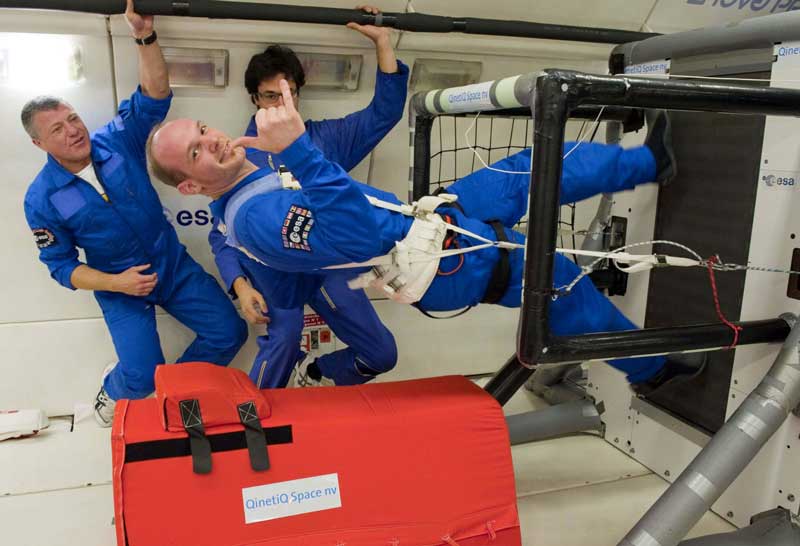By Ken Jakalski, Head Track Coach, Lisle High School.
I noted not long after our ’02 seminar here in Lisle that many coaches would begin to focus their concentration on horizontal force application. It is hard to believe that Dr. Weyand (this time with several other outstanding presenters) will be back in Lisle in early August, probably in the same room, twelve years later.
Moreover, despite that passage of time, the discussion regarding which forces are most significant relative to improvements in sprinting still continues.
So what are we to make of this ongoing debate?
First, there is no disagreement that the horizontal force and the angle of the force vector are important in acceleration. Second, there are those who see horizontal forces as more critical in an event like the 100 meter dash. Those who feel that the argument misses the simple point that in acceleration—just like top end speed—force needs to be applied to the ground very quickly.
Dr. Ralph Mann’s latest edition of The Mechanics of Sprinting and Hurdling makes clear the following points:
“Contrary to popular believe, the Start involves the production of balanced levels of horizontal and vertical force.”
Mann believes this is important for the sprinter to move forward while accommodating a more upright sprinting position.
As he notes:
If the force is directed lower, the athlete will rotate upright too fast, not allowing a proper “low driving” start. Even worse, if the Total Force is directed too high, the athlete will rotate forward, face down into the track.
Mann also suggests, and highlights this in bold in his text, that the “minimum vertical force demands during the Start are essentially unalterable.”
He says this because the sprinter still must still support his body weight, a demand that Mann says is constant throughout the start. Another passage he places in bold:
Overcoming the required (and inescapable) vertical force demands of the Start is the key to directing as much of the athlete’s total force capacity as possible to the horizontal direction.
So what is the take-home message? We earthbound fellow mortals, those subject to gravity, have two requirements for acceleration: applying horizontal force and enough vertical force to support the body. This means that we need to orientate our limbs at an angle to apply both horizontal and vertical force to the ground.
And in this regard, the message seems to remain the same: train to enhance the force delivered to the ground relative to body weight.
Basically, Mann seems to confirm the point made earlier–force is force. A sprinter who applies big forces in a minimal amount of time at top speed should be able to do the same during acceleration.
“With this in mind, the way to increase the horizontal force is to increase the total force. If the performer is stronger, or mechanically proficient, they can produce a larger total force. Since the vertical demands are constant, this increase in total force allows the athletes to produce a larger horizontal force.”
So, controversy over this issue seems to be “much ado about nothing,” at least relative the researchers who seem to agree more so than those drawing implications from their research.
Years ago, Mel Siff, taking a cue from John Basmajian, often noted that the “body knows movement not muscles.”
Relative to this debate, maybe we could also draw a parallel to astronauts in space by noting that the “leg knows pushing, not which way it is pushing.”

Figure 1: Astronaut Alexander Gerst running on a treadmill in space.
References
Mann, Ralph V. The Mechanics of Sprinting and Hurdling, 2013. Author
Please share this article so others may benefit.



